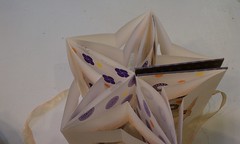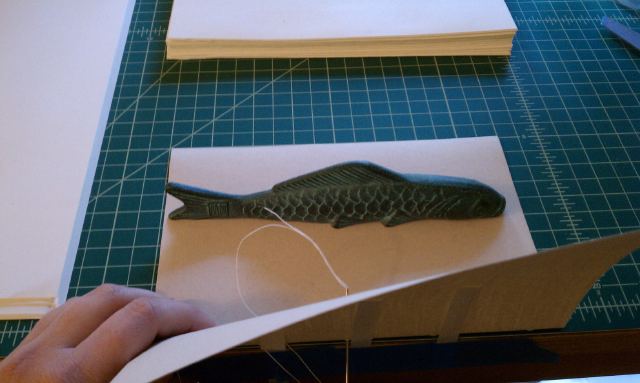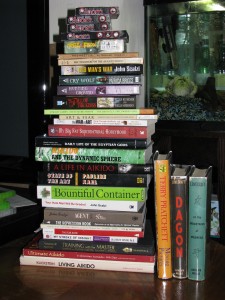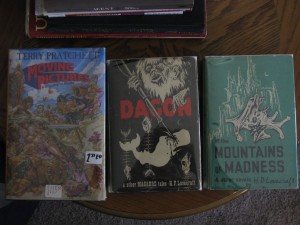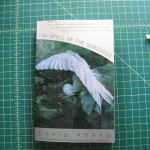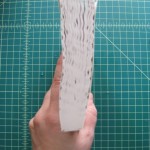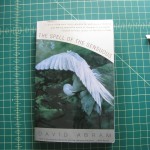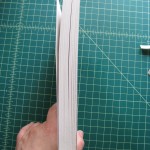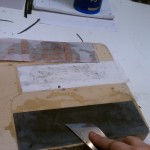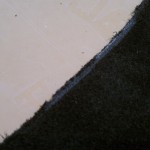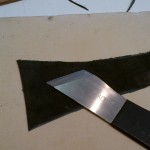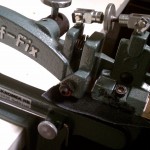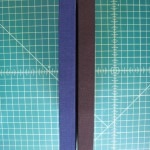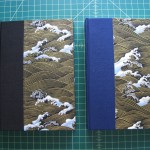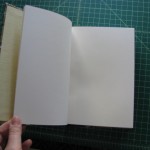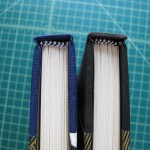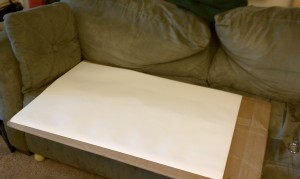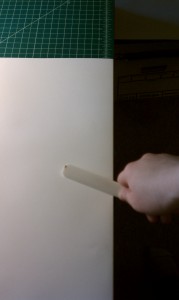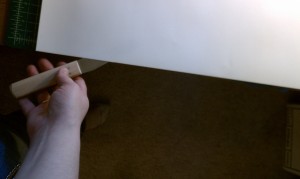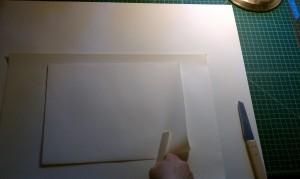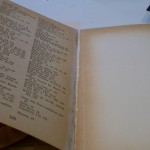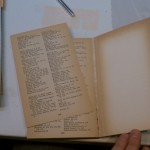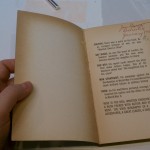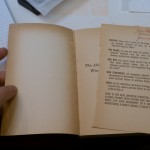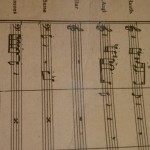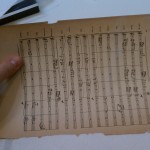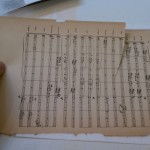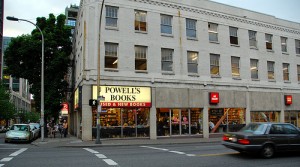How do you take care of your books?
For most folks, the thought never really occurs. Books get tossed on shelves or plunked into boxes and left in all sorts of storage spaces, with little thought about their wellbeing. Those of us who are bibliophiles, think about these things.
Bugs and heat and moisture, oh my!
The biggest enemies of books are those three. There are plenty of bugs that can get into books, though cockroaches and silverfish are the most common where I live. They nibble on covers and pages and make a horrible mess. And, as anyone who’s ever left a book in their car in the summer can tell you, heat can warp the heck out of a book. Even worse is moisture, and wide swings in temperature will leave moisture on your books very happily (if you’ve ever wondered why outside walls with furniture close against them often wind up with mildew, it’s the moisture that collects during large temperature changes).
Moisture in large quantities (from the humidity of a bathroom or from actual immersion in water) is the bane of books everywhere, and that’s fairly obvious, but the moisture exposure over time from storage in a place with wide temperature changes is insidious and not very obvious.
What to do, what to do?
The easiest way to deal with all these problems is to store your books in a cool, dry, clean location. Think of a large public library. If they have large windows, they have coverings or UV proof film. Libraries have air conditioning, and good circulation around their books. Plus, libraries are cleaned regularly!
The rule of thumb I learned early on was to store your books in a room that would be comfortable to live in. Attics, basements, and storage units tend not to be comfortable living spaces due to their heat in summer, cold in winter, and stuffy natures. They don’t make good homes for books, either.
My bookcases are against an outside wall, but I pull the books forward on the shelves so there’s plenty of circulation behind them, and I regulate the temperature in my apartment as best I can without actual air conditioning (I chose carefully and my apartment is well shaded and on the first floor so it doesn’t get too hot in the summertime). We all have to make compromises, but if you pay attention and strive to get as close to the ideal as possible, your books will have a long and happy life with you.

